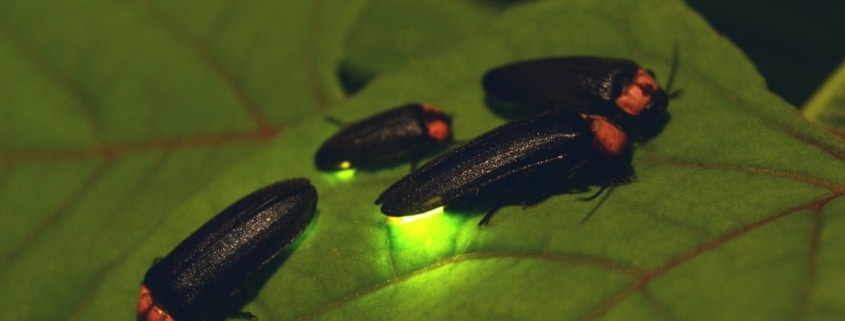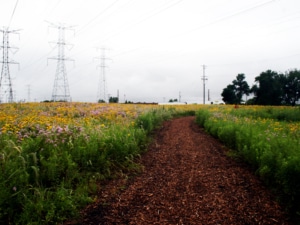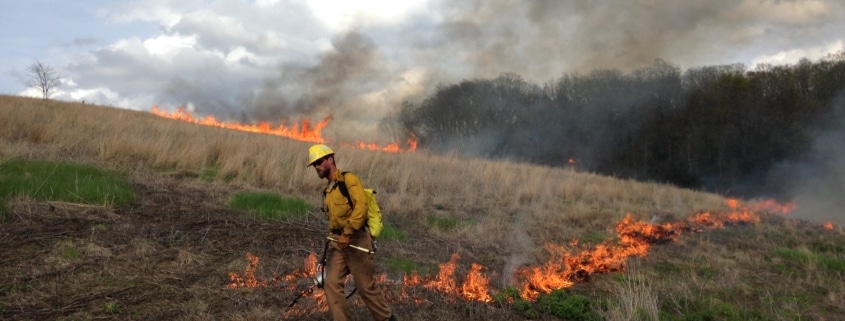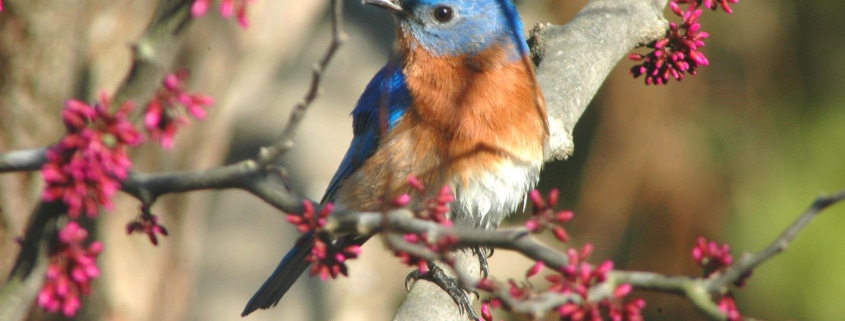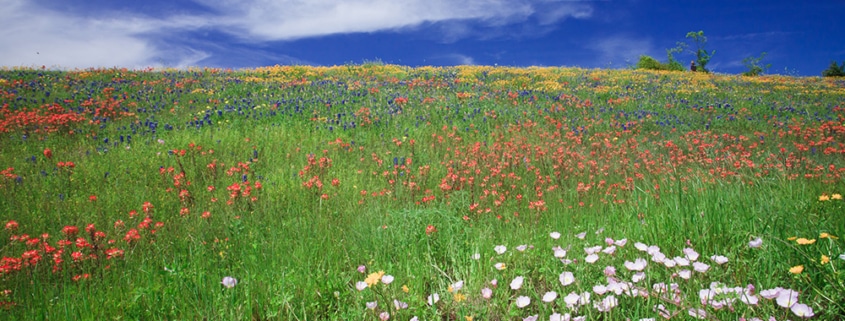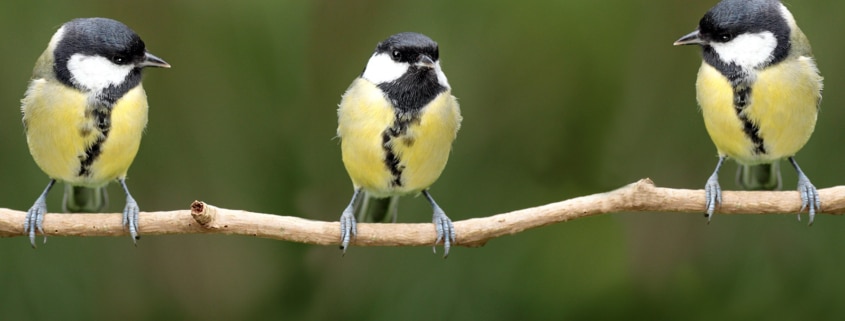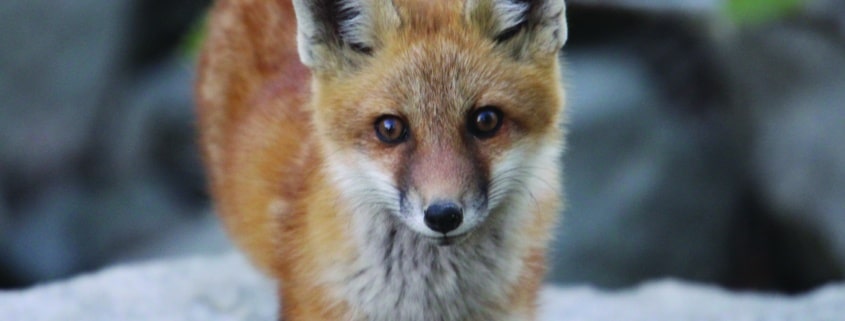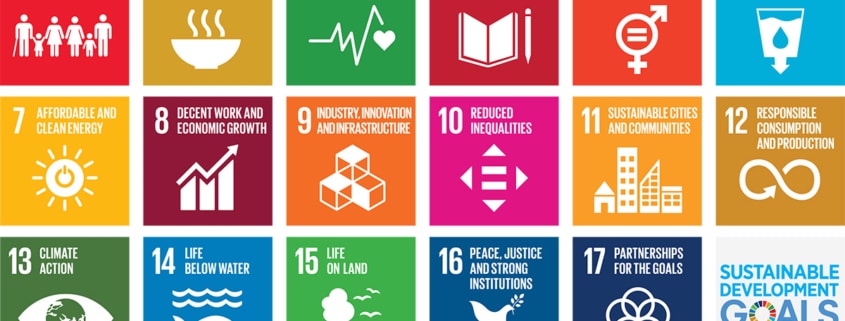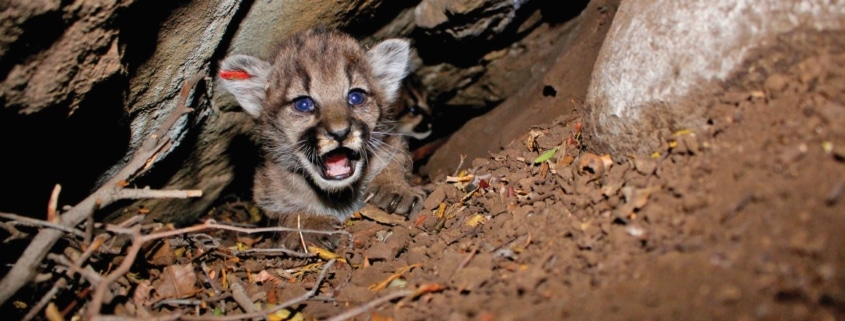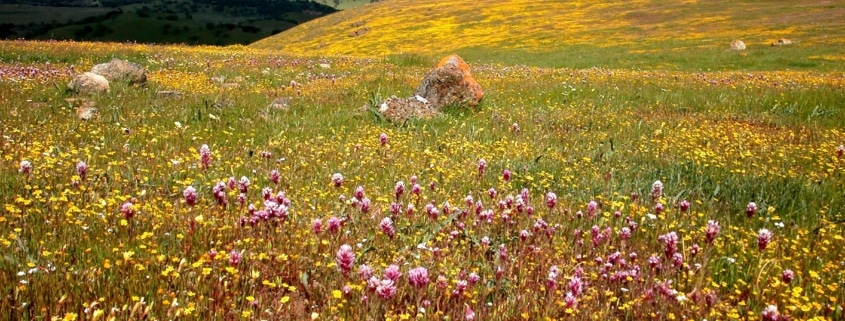The Greening of Detroit – How DTE Energy and GM are Helping to Restore Nature in America’s Comeback City
No other American city seems to fascinate like Detroit. Its rise, its fall and its rebirth have been captured by authors, movie makers, historians, planners, rappers and entrepreneurs. From its population peak of 1.8 million in 1950, the city’s decline started slowly and remained unnoticed until it flirted with bankruptcy beginning in 2012. In recent years, Detroit’s rebirth has been powered by continued commitments of locally-grown companies like DTE Energy and General Motors innovations of new urban agricultural pioneers, the emergence of the now iconic brand Shinola, and the investment of Quicken Loans and others in the Downtown, Midtown and New Center areas. And while this renaissance has been secured in the city’s commercial center, many of the surrounding neighborhoods remain empty and abandoned – with the exception of nature re-exerting itself in a powerful way. The city known as the Arsenal of Democracy, Paris of the Midwest and The Motor City, among many other nicknames, was this year also dubbed the “City of Queen Anne’s Lace” by Cuban artists Alejandro Campins and José Yaque, after the plant began colonizing the city’s empty lots.
But when it comes to nature in Detroit, there’s so much more beyond any sobriquet. This past July, board members of the Wildlife Habitat Council toured five corporate conservation program sites in and around Detroit. These programs illustrated the breadth of possible conservation opportunities, the power of innovation and imagination, and the role corporations can take in leading nature back into a city.
These five locations are proof positive that every act of conservation matters.
DTE Energy’s Downtown Detroit Headquarters Complex is a visible reminder of the company’s commitment to remain in the city following its merger with MCN Energy Group. Expanding on this footprint, DTE Energy recently added to the city’s vibrant park scene with the development and opening of Beacon Park, a key piece in its community improvement efforts. Nearby, the LEED-certified Navitas House, a redevelopment project that provides a workplace for 140 DTE Energy employees in a former Salvation Army building, contains green infrastructure and other ecological design features that helped secure WHC Conservation Certification in 2000. The pollinator garden, rain garden/bioswale and bat box were installed and are managed to bring nature and visual interest to a neighborhood with a lot more pavement than plants.
DTE Energy also showed its creative conservation efforts at the River Rouge Power Plant. Here, a passionate team of volunteers softened the shoreline, created tern nesting sites, restored a lawn into a prairie, and created and installed a beautiful sculpture to celebrate it all. The setting is industrial, but the team’s efforts have created a greenbelt around the site from the river to their next-door neighbors, reducing runoff into the river and visual blight within the community. The plant maximizes its restoration efforts by opening its lands for education, most specifically hosting classes of at-risk high school students for outdoor experiences and learning. The team members that hosted WHC’s tour were passionate about their work and rightly proud of their efforts and the many ways their stewardship benefits the community.
In some corners of Detroit, communities no longer exist, having fallen prey to abandonment following outward migration from the city, and causing an increase in unsafe places where fragments of neighborhoods retain just enough empty homes to be an attractive nuisance. In one such neighborhood bordering a Marathon Petroleum refining site, abandonment became opportunity as Marathon developed a vision for the neighborhood to connect downriver Detroit communities to the Rouge and Detroit rivers. Marathon Gardens Vision Plan is a community-centric development strategy focused on building green connections by growing a forest where there were once houses, restoring a prairie in place of sidewalks, and managing park-like spaces with community agriculture and outdoor education as resources to facilitate positive interactions between residents and nature. Standing at this project, WHC board members were awed by the serene location (despite the nearby highway), and the sense of peace in a place that was once dangerous.
General Motors presented our tour with two completely contrasting approaches to corporate conservation. At the Warren Technical Center, a designated National Historic Landmark, GM showed that native plantings can stand on their own against the work of iconic architect Eero Saarinen. Milkweed and evening primrose are planted in what were originally formal lawns and are now providing habitat for monarchs, as well as color and interest for employees. Across the Tech Center site, pockets of habitat thrive: in the former on-site tree nursery, a forest is taking shape; along buffer areas, no-mow zones reduce maintenance, save costs and support insect life; and throughout the site, bee blocks, bat houses, bird boxes and mobile pollinator gardens add color, texture and interest. These sprawling conservation efforts engage GM employees, community members and youth groups. In contrast, the Renaissance Center, GM’s World Headquarters, a group of seven interconnected skyscrapers in Downtown Detroit, uses tiny spaces in a hardscaped landscape to insert nature in ways that surprise. A parking deck doubles as an urban rooftop garden protected by a living wall. A bat house, a butterfly garden and other planting efforts create important oases for wildlife in an urban environment.
All cities, regardless of their economic standing, need to welcome nature back. As these conservation programs demonstrate, green growth in a gray landscape has multiple benefits for people and wildlife. In Detroit, nature is reasserting its presence, with corporate stewards giving it a helping hand and showing that no matter the size, no matter the location and no matter the corporate operation, conservation can happen.

